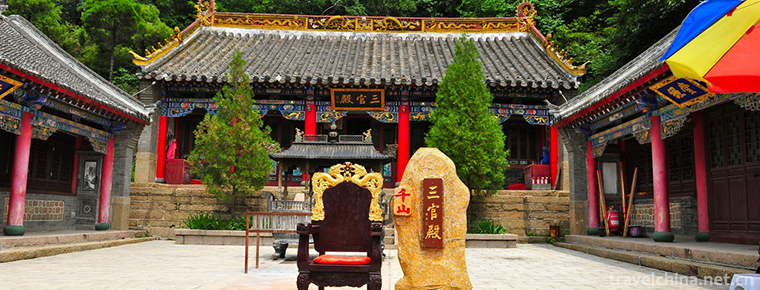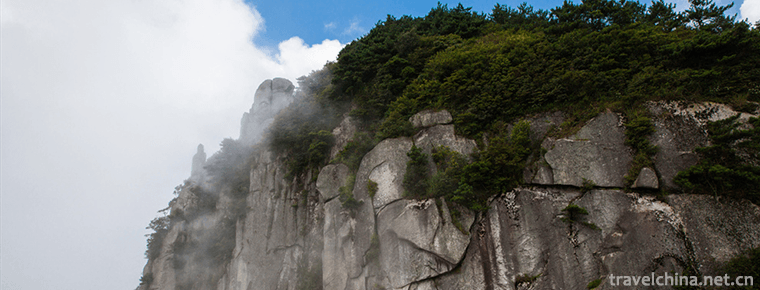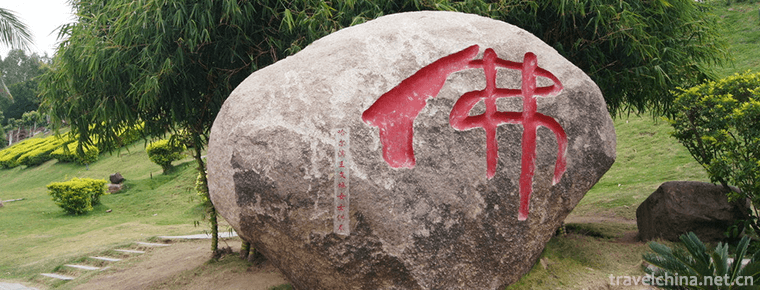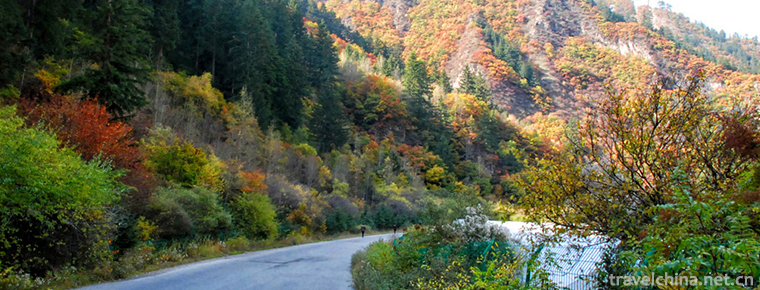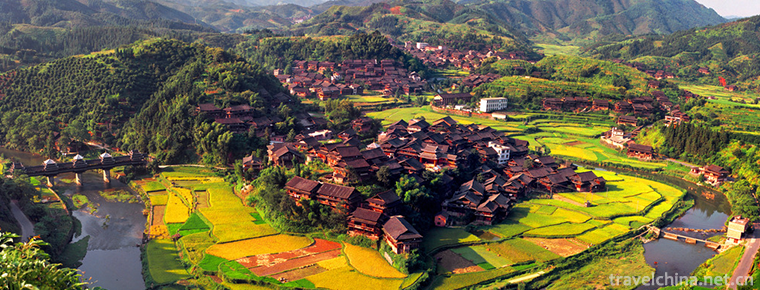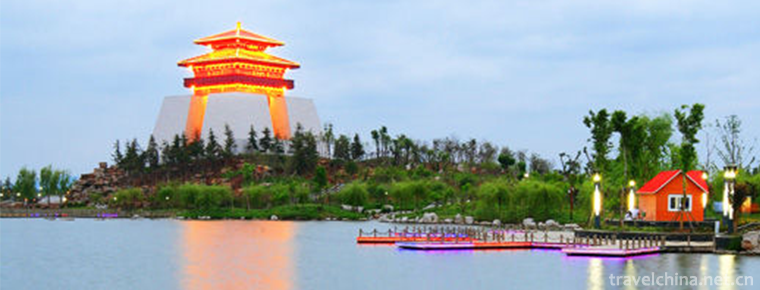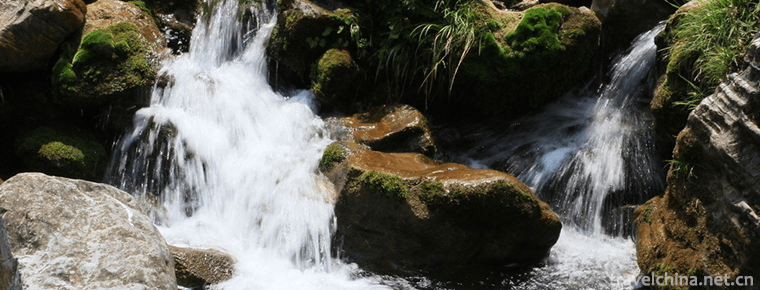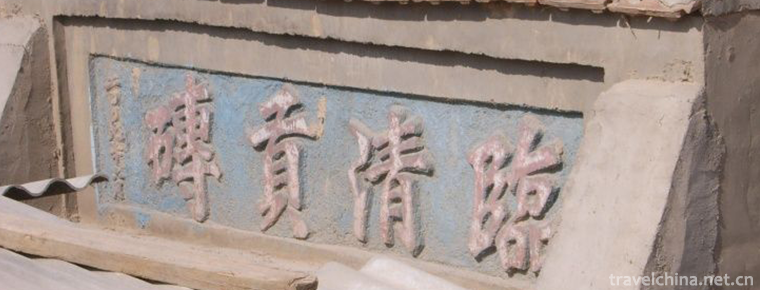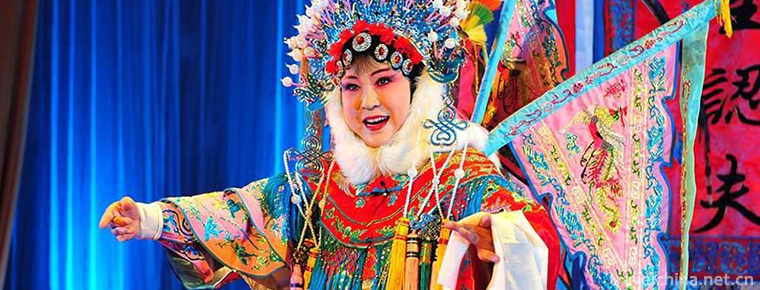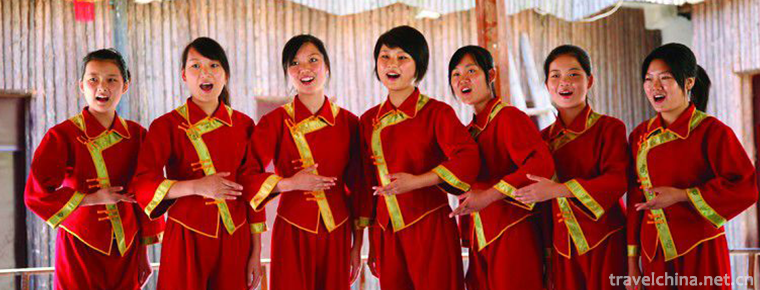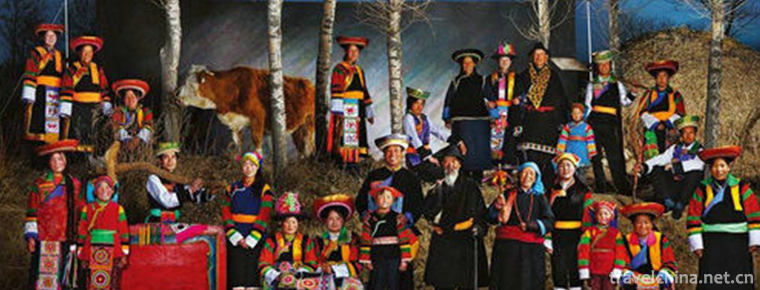Shaolin Kung Fu
Shaolin Kung Fu
Shaolin Kungfu, also known as Shaolin Wushu, is one of the famous schools of Wushu in China. It has a long history and profound influence. It is an important part of Chinese traditional Wushu. The most prominent feature of Shaolin Kungfu is the integration of Zen and Wushu, that is, the practice of Zen into Wushu, so it is also known as "Wushu Zen".
In 2006, it was included in the national intangible cultural heritage list.
Definition of Shaolin Kungfu
Shaolin Kungfu refers to the traditional cultural system formed in the specific Buddhist cultural environment of Songshan Shaolin Temple, which is based on the belief in Buddhist divine power, fully embodies the wisdom of Buddhist Zen, and takes the martial arts practiced by monks in Shaolin Temple as its main manifestation. This cultural system has a complete technical and theoretical system. It takes martial arts skills and routines as its manifestation and Buddhist beliefs and Zen wisdom as its cultural connotation. Shaolin Kung Fu respects Damo as its ancestor. Current academic circles believe that "Damo Chuangquan theory" is a kind of accessory. His practice of martial arts actually began with the monk Fu Zen of the Northern Qi Dynasty.
Main Contents of Shaolin Kungfu
Shaolin Kungfu is rich in content and diverse in routines. According to the records of Shaolin Temple, there are 708 sets of Shaolin Wushu routines, including 552 sets of boxing and equipment routines, and 156 sets of other attack routines, such as 72 stunts, grabbing, fighting, unloading bones, point points, Qigong and so on.
Among them, Shaolin Kungfu mainly includes Shaolin Diamond Boxing, Shaolin Wuhe Boxing, Shaolin Watchdog Boxing, Xinyi Ba, Dahong Boxing, Xiaohong Boxing, etc. The regional division includes Songshan Shaolin Boxing, South Shaolin Boxing and North Shaolin Boxing.
Shaolin instruments mainly include Shaolin knives, guns, swords, sticks, nine-knot whips, concealed weapons, rare weapons (tiger hooks, convenient shovels, Damo sticks, Niujiaoguan, etc.).
Shaolin skills mainly include Sanda and fighting, Shaolin Qigong, Shaolin Dazhao secret, Shaolin point method, Shaolin capture method, Shaolin 72 arts, Shaolin longevity method, Shaolin Temple traumatology and so on.
These are just statistics of the scale of Shaolin Temple Wushu in Songshan. If we take the Southern Shaolin Wushu, the Northern Shaolin Wushu and the popular routines into account, the technical system of Shaolin Wushu will be more abundant.
In Shaolin Kungfu system, cudgel is the most famous. In the Ming Dynasty, Shaolin stick method was well known all over the world. Qi Jiguang, Zheng Ruozeng, Cheng Zongyou, Mao Yuanyi and Wu Xin all gave high appraisal. For example, Qi Jiguang said when discussing Wushu schools: "Shaolin Temple's stick and Qingtian's stick method are combined, Yang's gun method and Bazi's fist stick are well-known nowadays"; Zheng Ruo once recorded in Jiangnan Jinglue the Ming Dynasty's "thirty-one" and "the family of messengers" with the first mention of "Shaolin's stick method"; Cheng Zongyou considered Shaolin's stick method as "the Supreme Bodhi"; Mao Yuanyi wrote his military work Wubeizhi. 》 Zhong believes that "all arts are based on sticks, sticks are based on Shaolin"; Wu Xin at the turn of Ming and Qing Dynasties called Shaolin stick method "the stick family is out of business" .
Characteristics of Shaolin Kungfu
The characteristics of Shaolin Kungfu are that it pays attention to fighting skills and is based on actual combat. Therefore, its routine structure is short, compact, vigorous and swift, flexible in attack and defense, and unified in consciousness and action. There is a way to go in and a way to go out. Therefore, the theory of boxing is that "the body's indulgence, the step's deposit, the hand's entry and exit, or advance or retreat, or rise or fall, all should be concentrated in a consistent manner" .
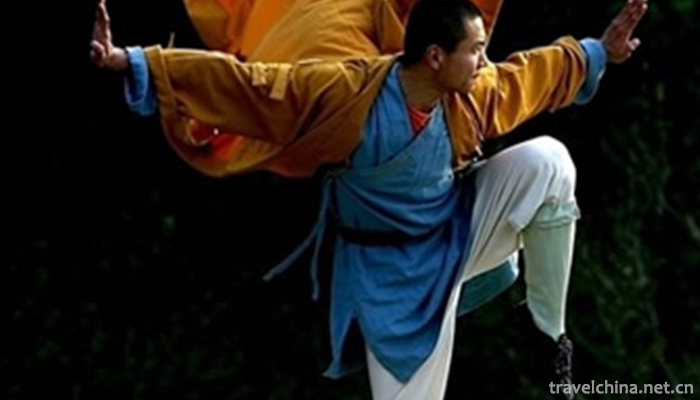
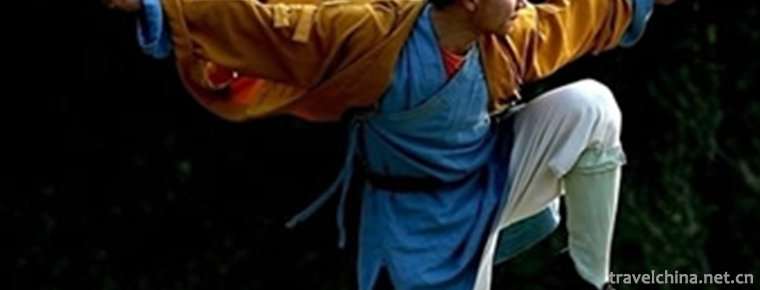
Shaolin Kung Fu
-
Mount QianQianshan Mountain
Mount Qian,Qianshan Mountain is located 17 kilometers southeast of Anshan City, Liaoning Province, with a total area of 44 square kilometers.
Views: 210 Time 2018-12-04 -
Mingyue Mountain
Mingyue Mountain: National tourist resorts, National Scenic spots, national AAAAA tourist attractions, National Forest parks, national geological parks, National Natural heritage, home of hot springs
Views: 238 Time 2018-12-08 -
Nanshan Cultural Tourism Zone
Nanshan Cultural Tourist Area is located 40 kilometers southwest of Sanya City, Hainan Province. It is the southernmost mountain in China. It belongs to tropical marine monsoon climate.
Views: 216 Time 2018-12-12 -
Xinglong mountain
Xinglong Mountain is the nearest National Natural Forest Reserve to Lanzhou City. It is located five kilometers southwest of Yuzhong County, Lanzhou City, 60 kilometers away from Lanzhou City
Views: 210 Time 2018-12-24 -
Cheng Yang eight Zhai
Chengyang Bazhai is located in Sanjiang Dong Autonomous County, Liuzhou City, Guangxi, 19 kilometers away from Sanjiang County. There are eight natural villages in Chengyang Bazhai, commonly known as
Views: 127 Time 2019-01-05 -
Zaozhuang Old Street Shuicheng South Shandong
Shuicheng Zaozhuang Old Street in Southern Shandong Province is located in the middle section of Xichang Road in the Central District of Zaozhuang City, Shandong Province.
Views: 170 Time 2019-02-06 -
Shuimogou Scenic Area
Shuimogou Scenic Area, also known as Shuimogou Park, is named after Shuimogou in the scenic area. It is located in the eastern suburb of Urumqi, Xinjiang. Around 2000
Views: 411 Time 2019-02-13 -
Burning Techniques of Linqing Gong Bricks
Linqing fired tribute brick is an ancient handicraft. Beginning in the early Ming Dynasty, Yongle's firing technology is the unique experience accumulated by the working people in Linqing of Shandong
Views: 117 Time 2019-05-13 -
Luo Juan Opera
Luojuan opera, commonly known as trumpet opera, is one of the local operas and one of the national intangible cultural heritages spread in Runan County of Henan Province and Dengzhou City of Henan Pro
Views: 169 Time 2019-05-15 -
Lv Jiahe Folk Song
Lvjiahe Folk Song is a kind of folk song which is popular in Lvjiahe Village, Guanshan Town, Danjiangkou City, Hubei Province. Located in Wudang Mountain Scenic Area, the village retains a large numbe
Views: 215 Time 2019-05-15 -
Qijia Yanxi
"Qijia Yanxi" is a long narrative poem in Tu folk literature. It records the eleventh generation of Qi Tusi Chief Qi Yanxi in the history of Tu people, despite his old age and physical decli
Views: 202 Time 2019-06-10 -
Deyang cultural undertakings
As of the end of 2018, Deyang City has 7 public libraries with a total collection of 1189.8 thousand books (pieces). The city has 7 cultural centers, 127 cultural stations, 10 museums, 48 art performing groups, and 27 theaters and cinemas. By the end of the year,
Views: 371 Time 2020-12-14
